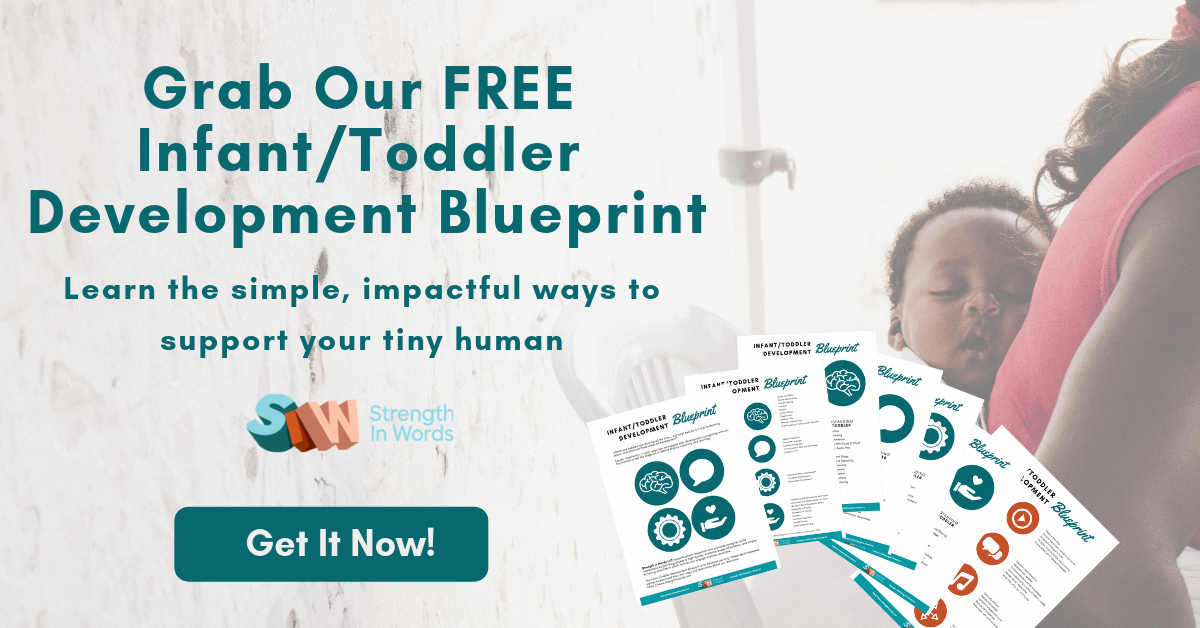We used to go to music class and I’d take my son’s hand to “help him” bang on the drum. Then I realized, he was watching all the other babies do it on their own – why did he need me to make him do it? He would imitate everybody else when he was ready. And you know, I backed off, and a few weeks later – he did… with a HUGE self-satisfied smile.
How do we know how to provide the right level of support to promote the maximum amount of learning and independence for our infants and toddlers? Amazingly, infants and toddlers analyze the level of difficulty of a task before they attempt to imitate us… and they are more likely to imitate things we do when they have decided that task is of moderate difficulty.
As we discussed on our corresponding podcast episode, “Not Too Much or Too Little: Channeling Goldilocks,” this relates to what is known in the field of psychology as the “zone of proximal development,” or the distance between what a child already knows to that which is completely unknown. Within this “zone,” are activities that interest our young children, and which can be done with guidance and encouragement.
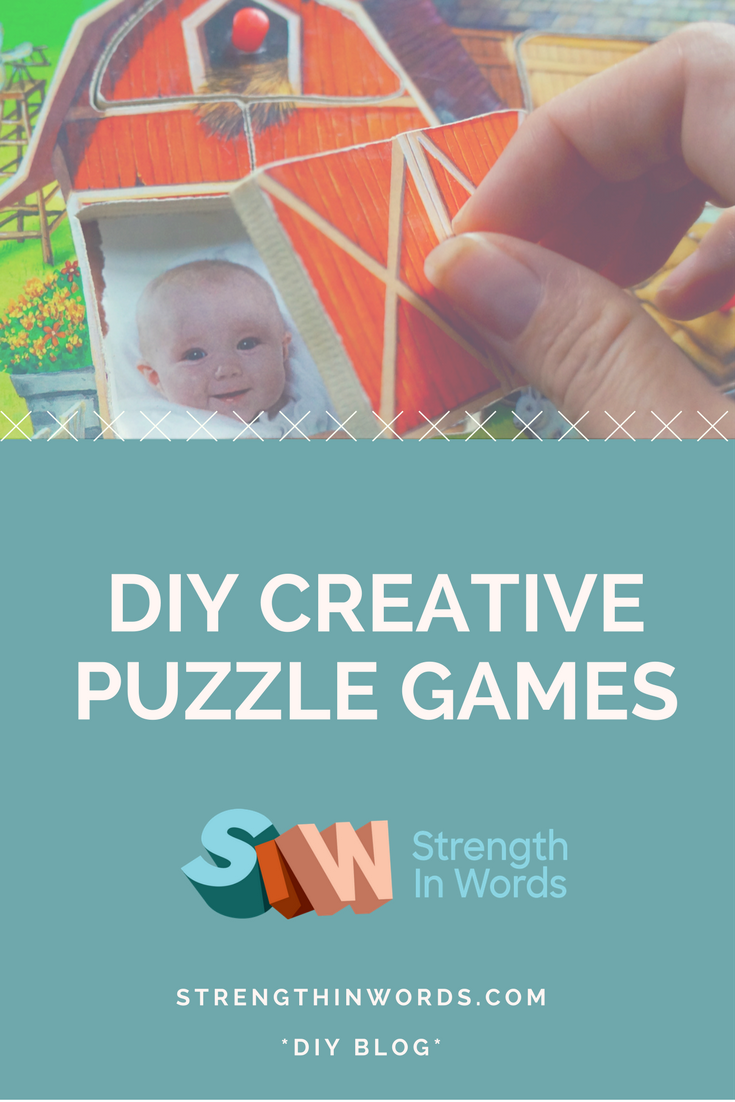
When given the appropriate level of assistance, we, the grown-ups, can slowly offer less and less assistance until the child can or wants to perform the task independently.
I referred to the art of figuring out how to offer just the right amount of support as “channeling Goldilocks” (not too much, not too little, but trying to find that place that helps our little ones be as independent as possible and learn how her body and brain work together in the world!) – and in our episode, modeled the use of two puzzle activities and how to vary the amount of support offered and allow your infant or toddler to feel successful, proud, and engaged!
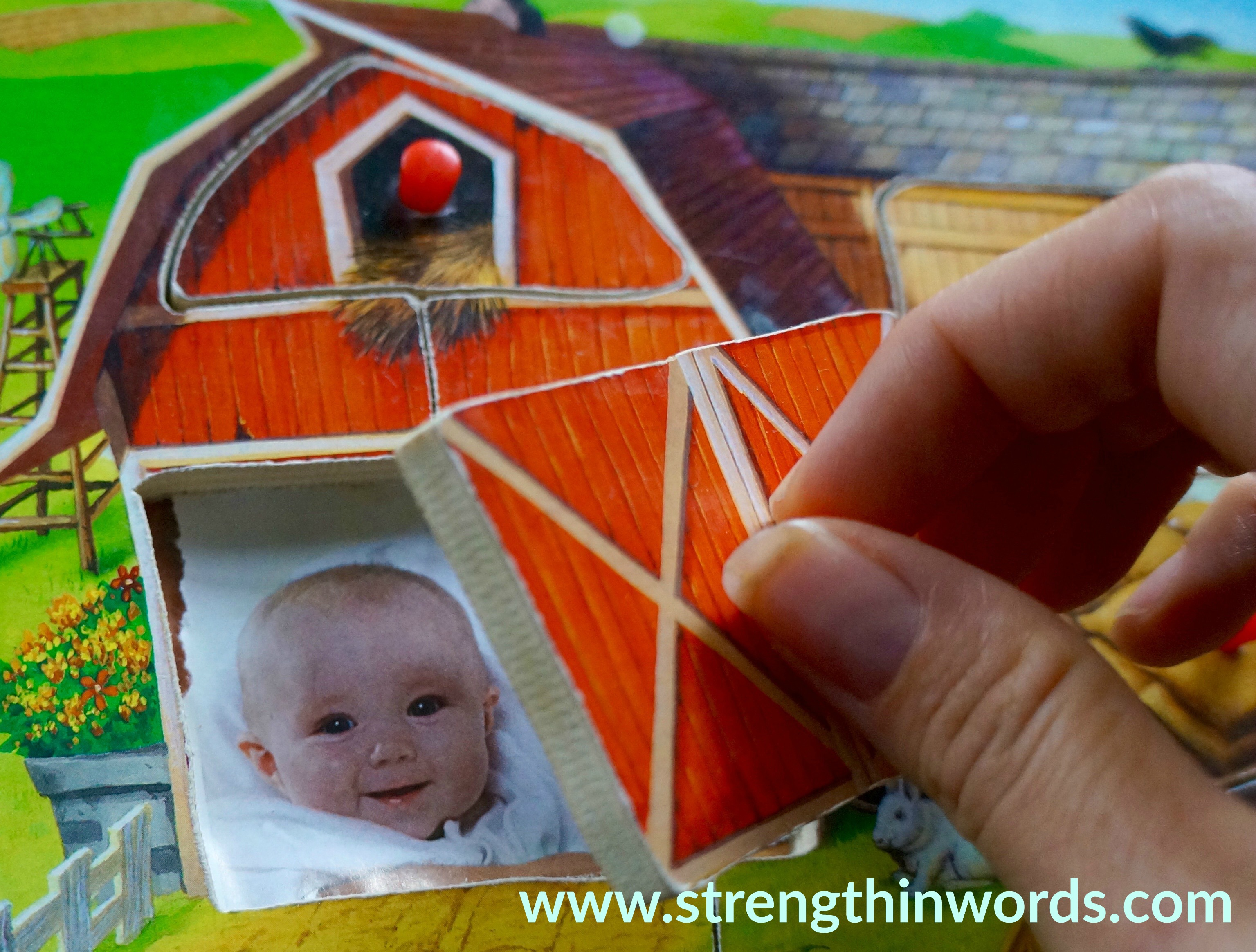
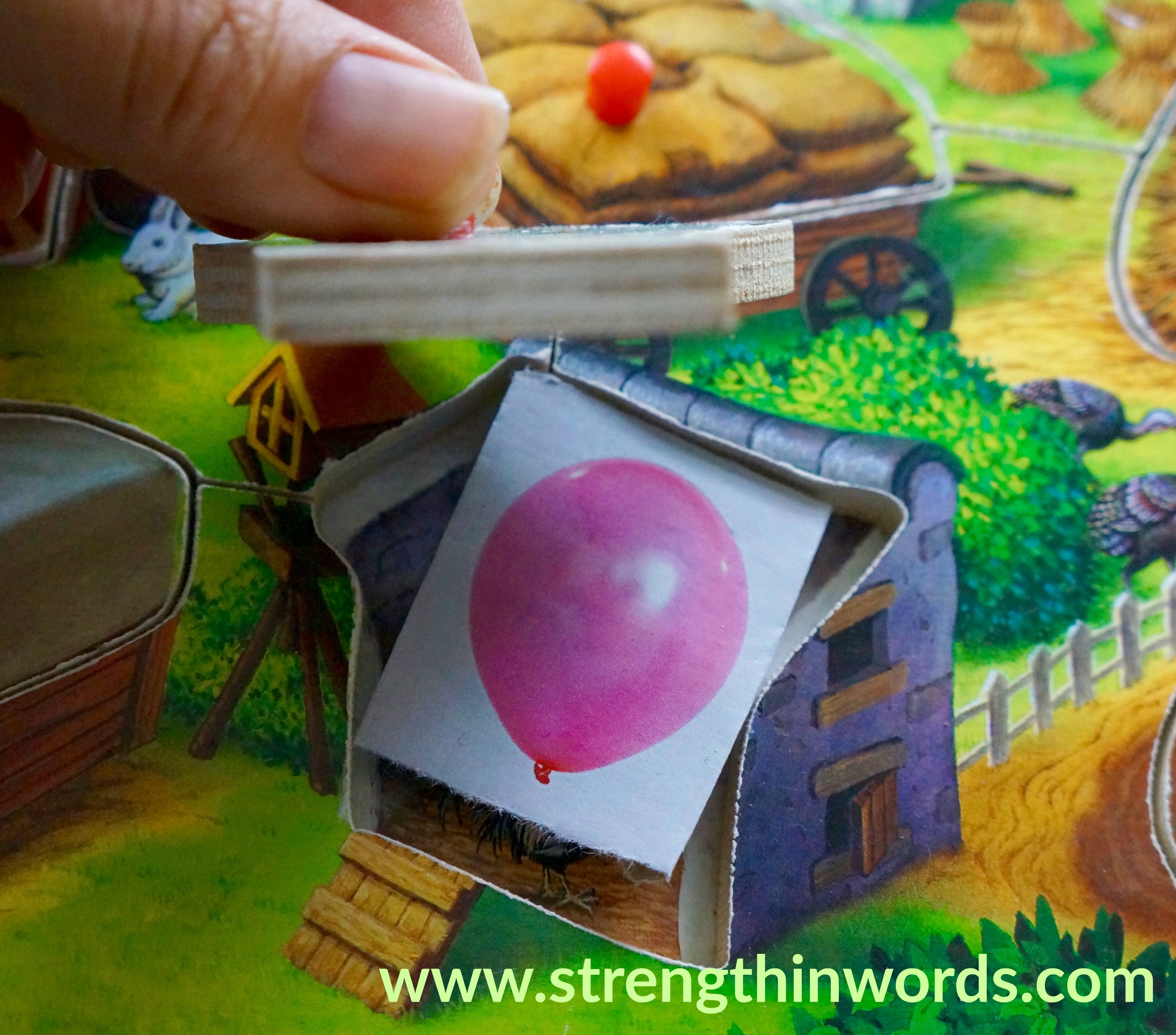
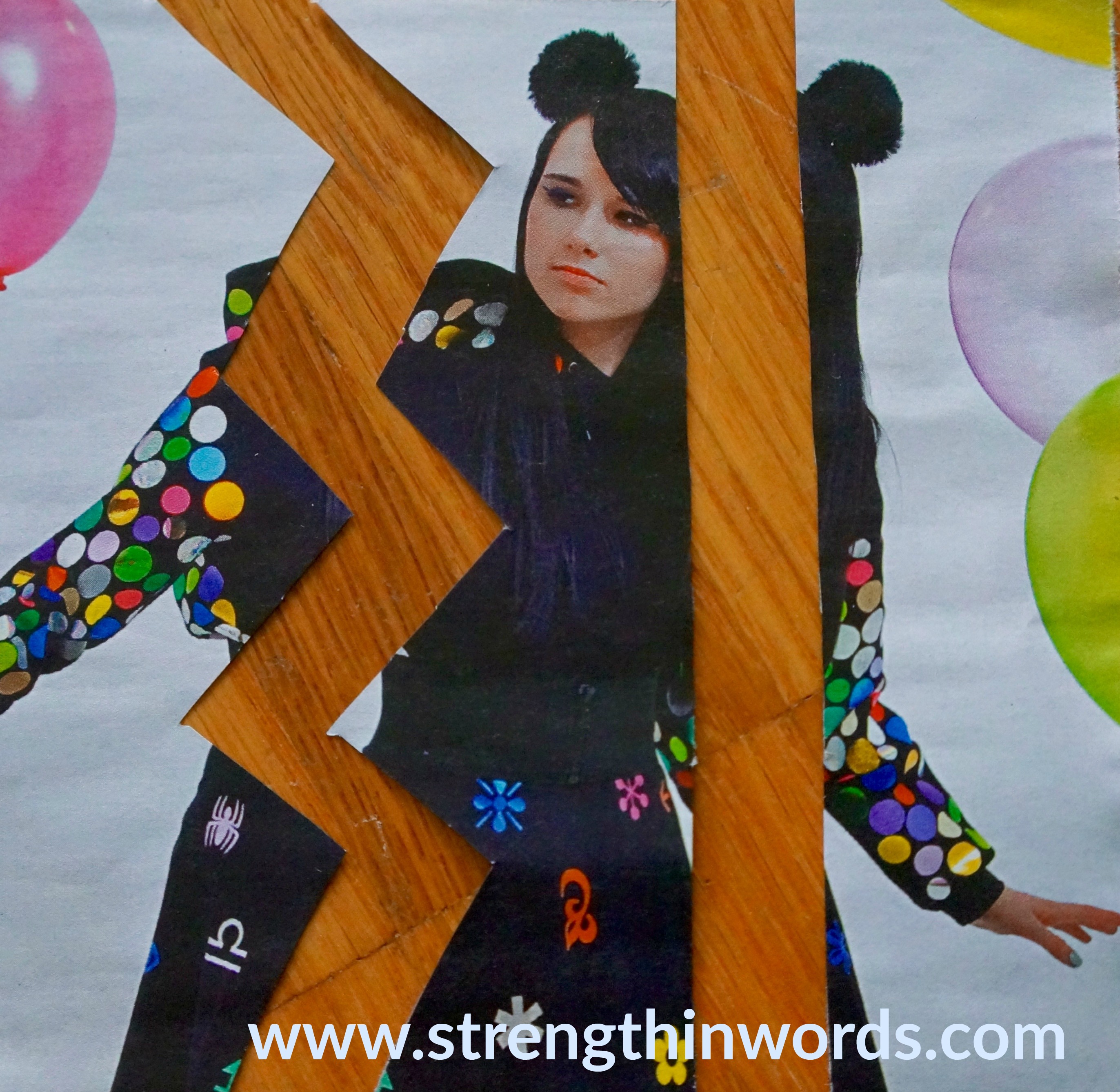
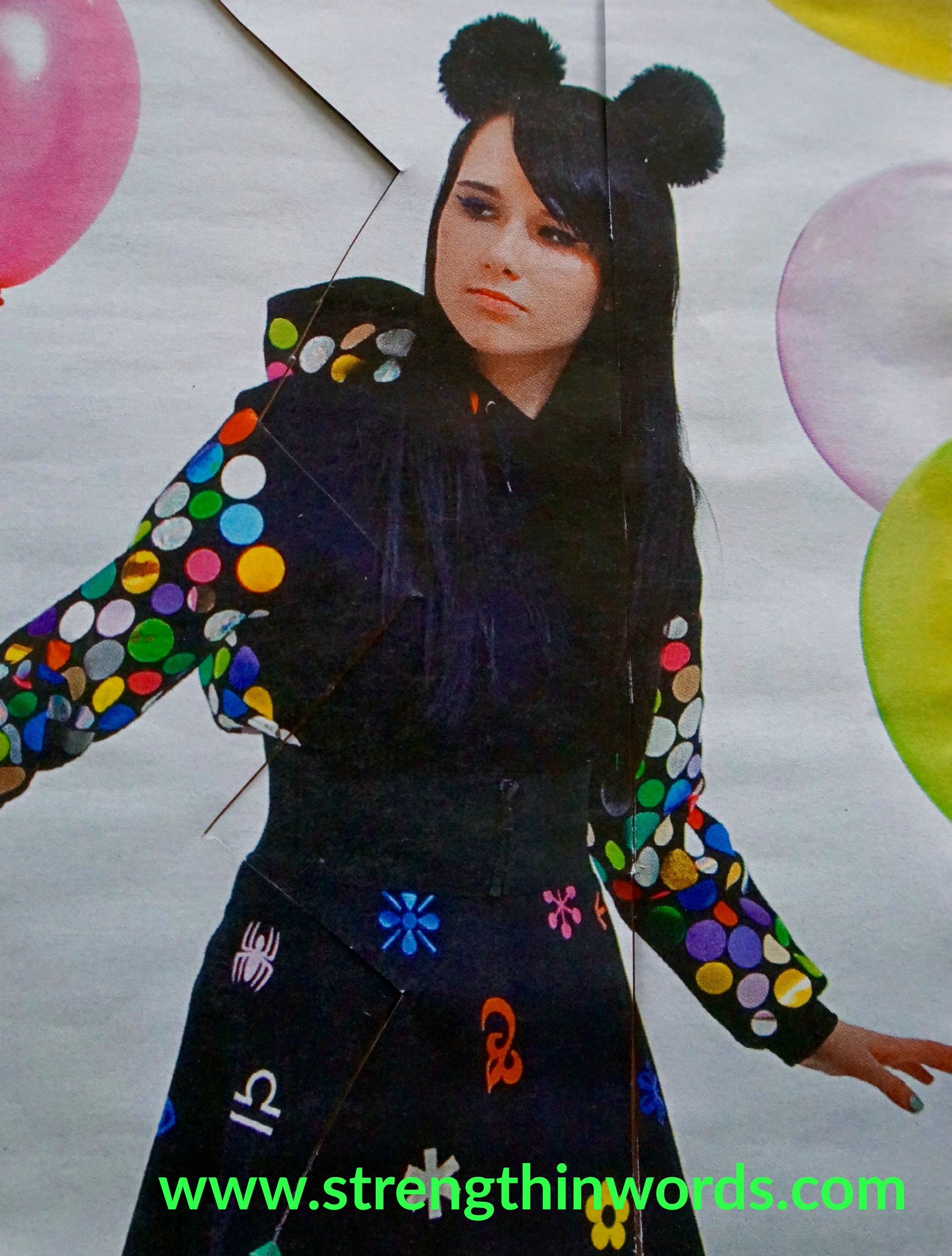
Don't Miss our Corresponding Podcast Episode!
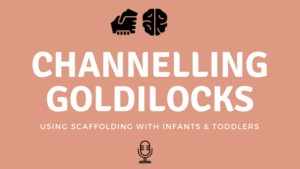
Materials to create your DIY picture puzzles:
- Magazine images or photographs of familiar people
- Scissors
- Optional: cardboard to affix each image, making the puzzle more durable!
Instructions to create your DIY picture puzzles:
- Cut the images in various ways (which may affect the difficulty level!) – horizontally, vertically, in jagged, straight, or curved lines
- Talk or sing about the images, and if you think your little one needs a bit of help, provide:
- A verbal hint (“what’s next to my nose? my eye! Can you find an eye?”)
- A physical hint (nudge one piece closer to the other)
- Remove unnecessary pieces, simplifying the choices
- Provide opportunities and respect communication attempts for your little one to let you know she needs help
- Once the image is “complete,” talk about what you see, what the person is doing, where they might be, how they feel, etc.
Ages
The entire point of these activities is that they can be modified to become appropriate for any age level – that said, the Peek-a-boo Puzzle Game is generally more appropriate for infants and the DIY Picture Puzzle is generally more appropriate for toddlers.
- Peek-A-Boo Puzzle “targets”: specific vocabulary (i.e., prepositions, objects), fine motor skills, development of object permanence
- DIY Picture Puzzle “targets”: cognitive skills (classification, matching, sorting), specific vocabulary, social/emotional development (vocabulary for feelings, recognizing self-ability)
This post contains affiliate links. All activities described by Learn With Less assume close and continuous supervision of the child by an adult.

